As of May 1, 2023, the National Construction Code (NCC) 2022
will come into effect, bringing with it significant changes and new provisions
for livable housing design. These changes are aimed at improving accessibility
and usability for occupants and visitors, particularly those with
mobility-related disabilities. While each state and territory has different
transition and adoption dates, it’s important for architects, builders, and
designers to stay up-to-date with these changes to ensure compliance with the
new regulations.
Apart from the obvious changes to clause referencing under
NCC 2022, one of the most significant changes in NCC 2022 Volume 1 is the
introduction of Part G7, which sets requirements for Class 2 sole-occupancy
units to include features that improve accessibility and useability. This
includes compliance with the ABCB Standard for Liveable Housing Design, with the
exception of Part 1, which is already addressed by Part D4 and the Disability
(Access to Premises – Buildings) Standards 2010.
Class 1a buildings must also comply with the new Livable
Housing Design Standard, which will be introduced for the first time in NCC
Volume Two. The Livable Housing Design Standard requires basic accessibility
elements for new Class 1a buildings, including step-free access from the
allotment boundary or car parking, basic accessibility for a parking space,
wider internal doorways and corridors, additional spacing in a ground- or
entry-level toilet, a hobless shower, and wall reinforcing in the toilet and
bathroom for future installation of grabrails.
While exemptions are permitted, it’s important to stay
informed about the new design requirements, which can be found on the ABCB
website. It’s also important to note that each state and territory has
different adoption dates and may have different requirements, such as NSW’s
decision to maintain the current SEPP 65 Apartment Design Guide consideration
for 20% of dwellings to meet the silver level of the Livable Housing Design
Guidelines (LHDG).
Overall, the changes in NCC 2022 represent a significant
step forward in improving accessibility and usability in new buildings. By
staying informed and ensuring compliance with the new regulations, architects,
builders, and designers can help create more livable and accessible spaces for
all.
The table on the following website provides details for each
State in terms of different transition and adoption dates for NCC 2022:
https://abcb.gov.au/ncc-2022-state-and-territory-adoption-dates
(the table is accurate as of March 31, 2023)

Recent blogs
Enhancing Communication: The Role of Hearing Augmentation
In the realm of accessibility and inclusivity within professional environments, ensuring effective communication is paramount. [...]
Read moreSep
Accessible, But Locked: How Councils Utilise MLAK Systems
Public toilets are essential infrastructure, especially for people with disabilities. Yet in many areas, access [...]
Read moreJul
The Importance of the Hidden Disability Sunflower
The Importance of the Hidden Disability Sunflower You may have recently noticed people wearing a [...]
Read moreJul
Review of Accessibility Provisions at Vivid Sydney 2025
Vivid Sydney has once again dazzled audiences, wrapping up another spectacular year of immersive light [...]
Read moreJun
The Good, the Bad, and the Ugly of Platform Lifts for Accessibility
The Good, the Bad, and the Ugly of Platform Lifts for Accessibility Accessibility is a [...]
Read moreMay
Insights into the Updated Disability (Access to Premises – Buildings) Amendment (2024 Measures No. 1) Standards 2024
Insights into the Updated Disability (Access to Premises – Buildings) Amendment (2024 Measures No. 1) [...]
Read moreMar